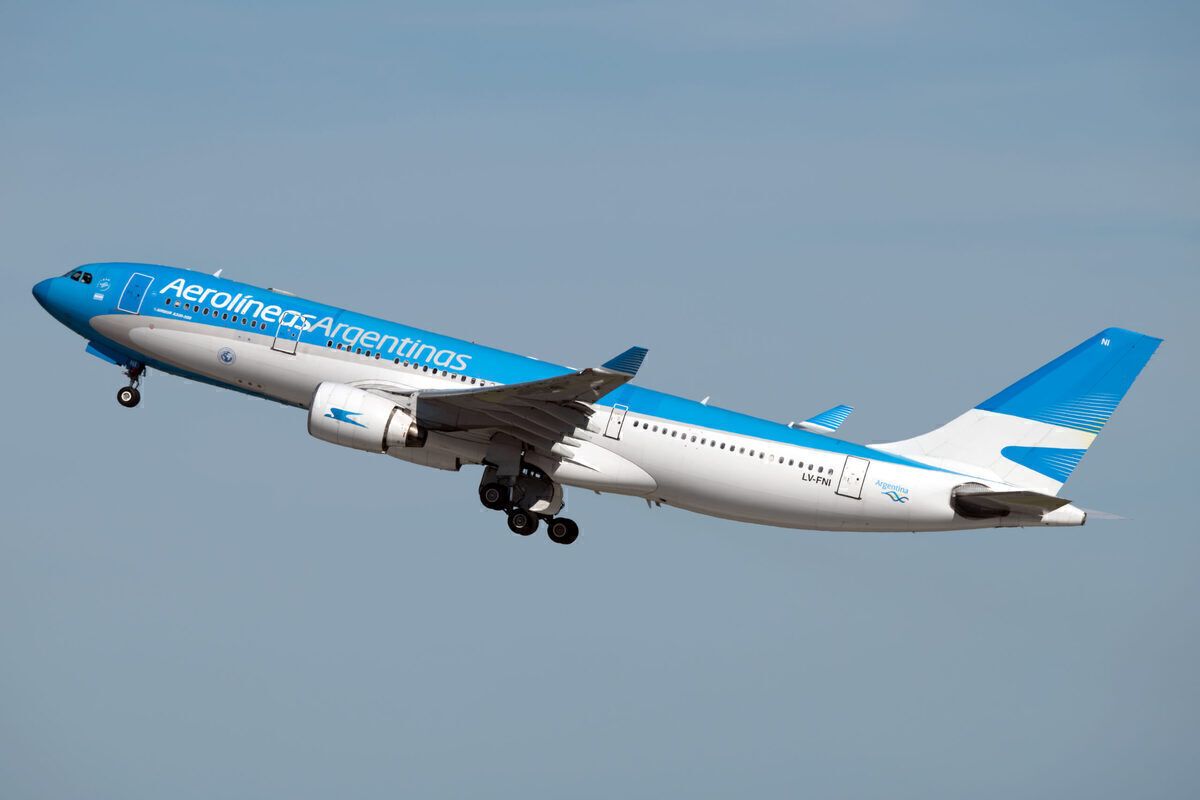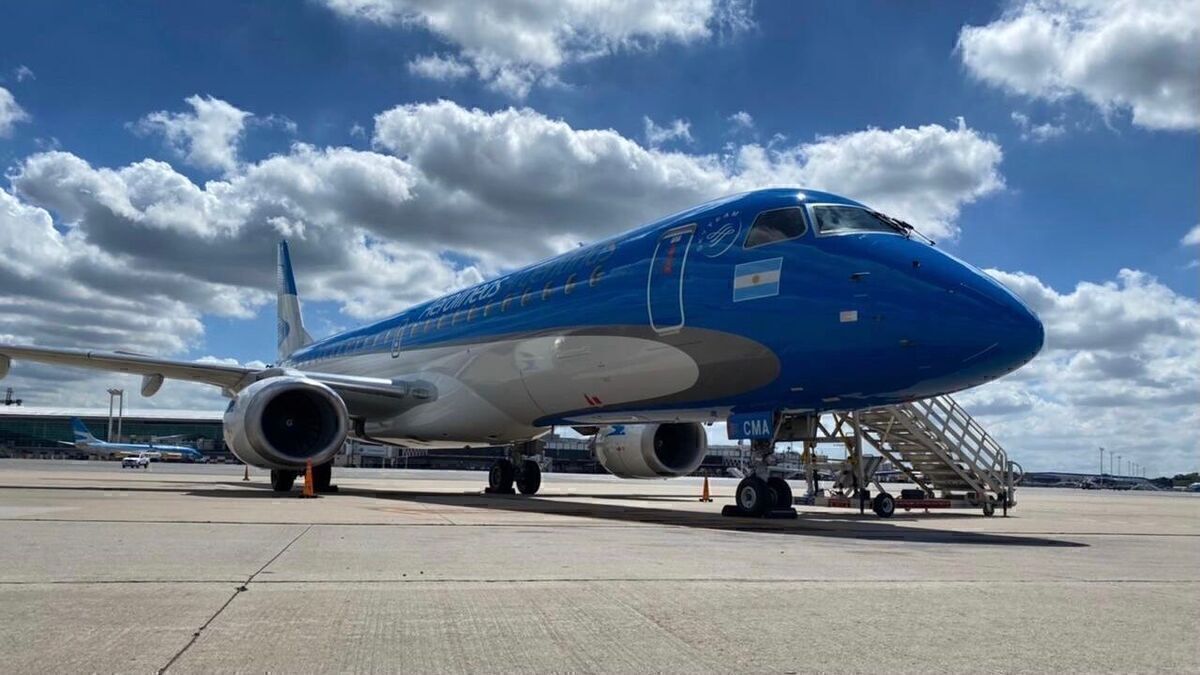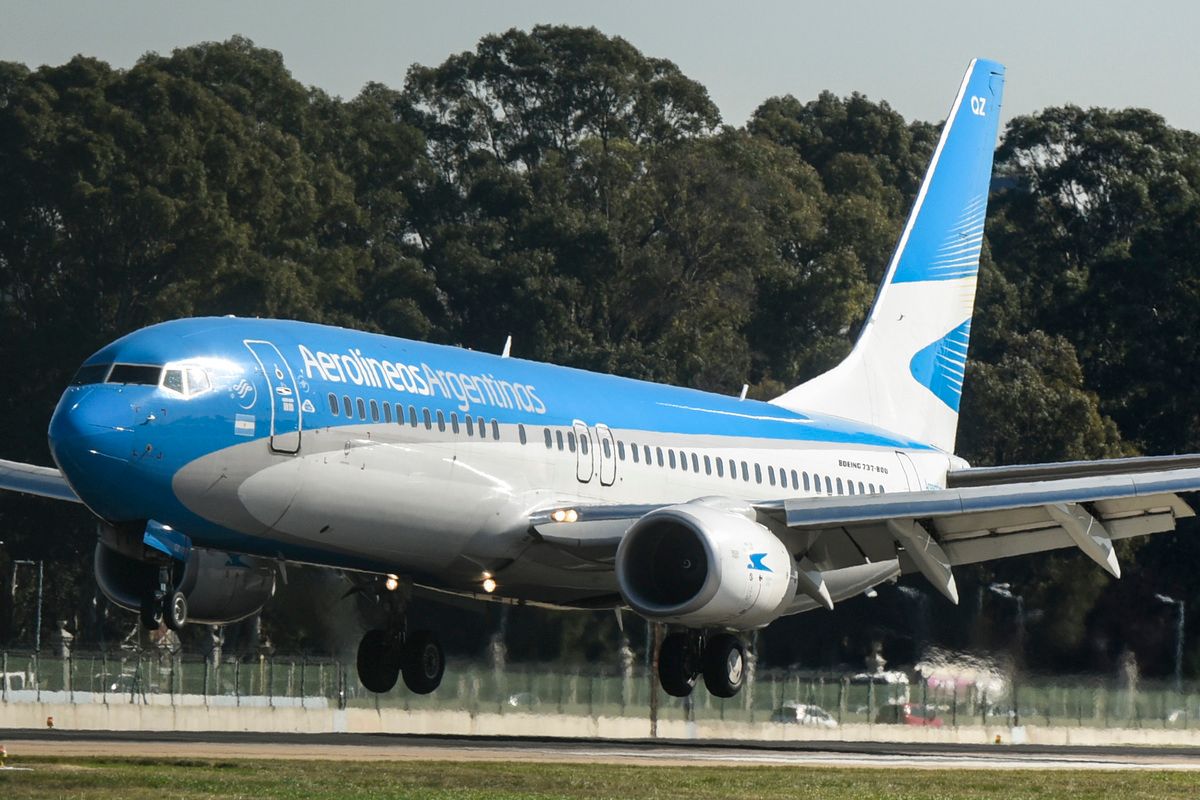In 2021, Aerolíneas Argentinas will receive nearly US$390 million as a State subsidy to maintain operations, according to official information presented by the Argentinian Government.
If the sum remains unchanged throughout the year, it would be a 25% decrease with Argentina’s State subsidy in 2020. Last year, Aerolíneas Argentinas received US$527 million in Government funds.
Stay informed: Sign up for our daily and weekly aviation news digests!
Where will all the money go?
Aerolíneas Argentinas is the State carrier in the South American country. Last year, the COVID-19 crisis provided a unique opportunity for Aerolíneas to consolidate its monopolistic position furthermore.
Argentina merged Aerolíneas with Austral under one brand; the South American giant LATAM Airlines Group decided to exit Argentina due to the uncertainty; low-cost carriers, JetSmart and Flybondi, had to move their operations from El Palomar Airport in Buenos Aires.
Despite the crisis and the loss of more than 90% of their pre-COVID traffic between March and December 2020, Aerolíneas is now in a more stable position to continue as the leading carrier in Argentina.
Therefore, the current Government approved a State fund of US$390 million for 2021. Most of this amount will go to aircraft maintenance, said the Argentinian newspaper La Nación.
Nevertheless, the airline still has other items, like a big workforce. It currently employs 11,868 workers, including over 2,400 maintenance technicians and over 2,100 crew cabin members.
Simple Flying reached Aerolíneas Argentinas for comment. So far, we haven’t received an answer.
Looking into Aerolíneas finances
Aerolíneas Argentinas has had continued yearly negative Earnings before interest and taxes (EBIT) since 2008. The largest came in 2011 when it lost US$643.92 million.
Between 2008 and 2019, Aerolíneas has had a negative EBIT of 4.53 billion USD, according to its stats.
So far, the company hasn’t updated its results and presented 2020’s financial outcome, but we expect it will topple 2011’s. According to El País, the Spanish news outlet, the airline could have over USD$900 million in net losses due to the COVID-19 crisis.
Aerolíneas Argentinas started flying in 1950, under the Government of Juan Domingo Perón. In the 1990s, it was privatized before the Argentinian State retook control in 2008.
Historically, it has had a roller-coaster finance performance, aligned with Argentina’s economic development.
This is painfully accurate when you see the trends of commercial debt and net patrimony of the airline.
Aerolíneas battle against low-costs
In 2016, the Government of Mauricio Macri tried to open up the airline industry in Argentina. He allowed access to low-cost operators, which didn’t settle well with Aerolíneas Argentinas. Moreover, between 2016 and 2018, the Argentinian Government lowered its subin the State carrier.
Macri left the Argentinian presidency in 2019, and the new Government under Alberto Fernández’s leadership turned the tide on the openness of commercial aviation. Aerolíneas took the opportunity to throw under the bus Macri’s initiatives and the low-cost carriers’ initiatives. In its 2019 financial results, Aerolíneas stated,
“The uncoordinated openness and deregulatory air policy, plus the complex macroeconomic context, put in jeopardy the future of Aerolíneas Argentinas.”
The State airline said that low-cost carriers only increased their market share by unsustainably lowering airfares. “The so-called low-cost airlines are companies tied to speculative investment funds; their commercial strategy is operating with unprofitable airfares that allow them to increase their market share, and then, recover the investment by charging monopolistic fares,” added Aerolíneas Argentinas.
Since 2020, Argentina has lost two airlines (Norwegian and LATAM). The remaining low-cost operators (JetSmart and Flybondi) are currently no competition to Aerolíneas’ monopoly.
What do you think of Aerolíneas 2021 State investment? Let us know in the comments.



